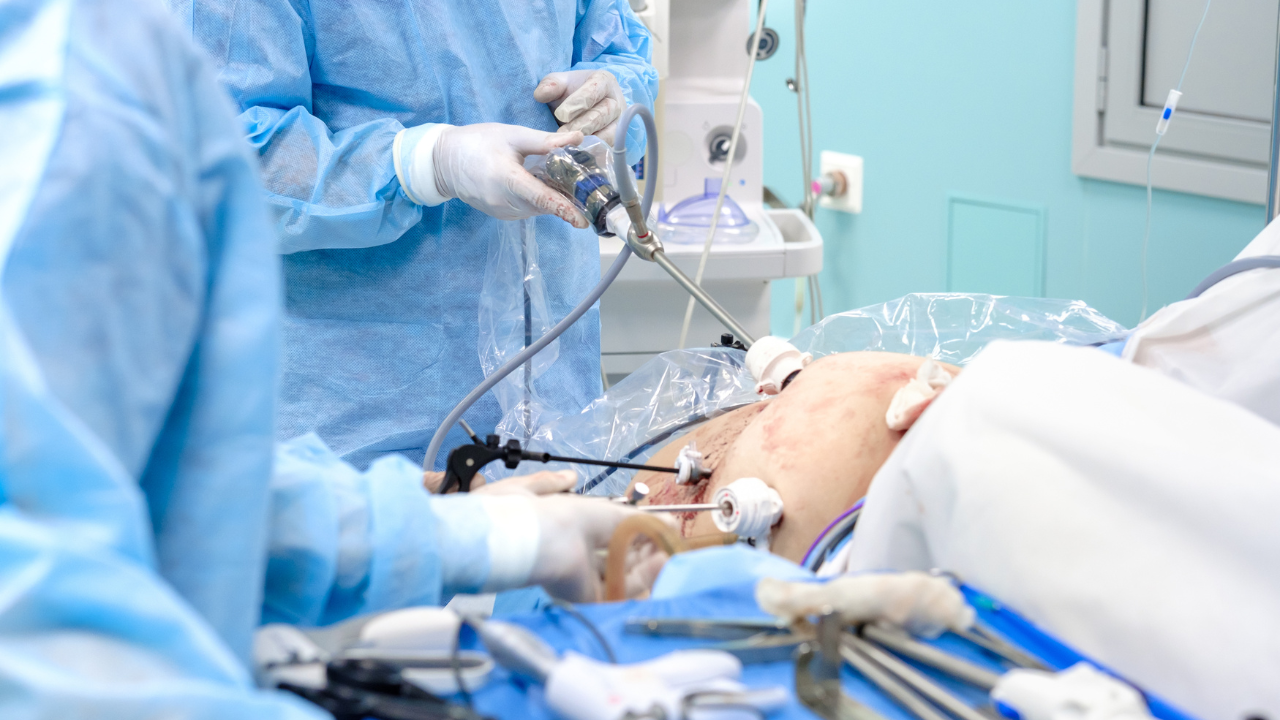-
news
-
Health
Is Minimally Invasive Surgery the Future of Pain-Free Recovery?
Minimally invasive surgery (MIS) revolutionizes health care with shorter recovery time, less pain and quicker rehabilitation. Experts explain its benefits, applications and limitations.

Image – Canva
In recent years, Minimally Invasive Surgery (MIS) has changed the landscape of modern medical technologies. These advanced procedures promise shorter, shorter recovery times post-operative painand rapid return to daily activities.
We speak to Dr Gaurav Prakash Bhardwaj, Director of Sports Injuries. Joint preservation and replacement surgery at PSRI Hospital, New Delhi, who shared the intricacies and benefits of MIS while explaining its growing importance in various medical disciplines.
What is minimally invasive surgery?
Minimally invasive surgery refers to a set of surgical techniques that aim to achieve desired medical results with minimal disruption to the body. According to Dr. Bhardwaj, “Minimally invasive surgery includes a wide range of techniques ranging from keyhole surgery, such as laparoscopy to remove the gallbladder or appendixOr arthroscopy to perform a keyhole procedure on a joint. It also involves interventions with minimal incisions and less manipulation of soft tissues.
Unlike traditional open surgery, MIS procedures involve smaller incisions, which reduces the extent of tissue damage and, as a result, reduces healing time.
Why is pain reduced in minimally invasive surgery?
Pain after surgery often results from the size of the incision and the extent of dissection involved. Dr. Bhardwaj says, “If surgical goals can be achieved by minimizing additional injury to the skin, soft tissues, muscles, and organs surrounding the targeted area, recovery is usually faster, and patients feel better after the operation. “Experiences less pain.”
Reduction of pain after surgery has a rapid impact on the recovery process. With less discomfort, patients can begin walking sooner, which speeds up rehabilitation and overall healing.
Applications and Limitations of MIS
The scope of minimally invasive surgery has expanded into various medical fields Orthopedic and Gynecological Surgery For cardiothoracic and neurological procedures. Dr. Bhardwaj says, “Minimally invasive surgery has now made its place in almost all branches of surgery. However, it is important to recognize the limitations of these processes.”
While MIS techniques are ideal for many situations, they are not always appropriate to achieve the best results. He added, “There is always a possibility that minimally invasive surgery may not produce optimal results, and more invasive intervention may be required.”
A balanced approach to surgical intervention
Ultimately, the primary goal of any surgery is to ensure the best possible outcome for the patient. Dr. Bhardwaj concluded, “If the desired results can be achieved using minimally invasive techniques, then it is ideal. However, results should never be compromised for fear of a more invasive procedure.
Minimally invasive surgery is revolutionizing healthcare, offering a patient-centered approach With shorter recovery time and less pain. However, its success depends on careful assessment of each patient’s specific needs and the surgeon’s expertise. As the field evolves, it promises to further refine the balance between effective treatments and patient comfort.
Get the latest news live on Times Now with breaking news and top headlines from around the world.


